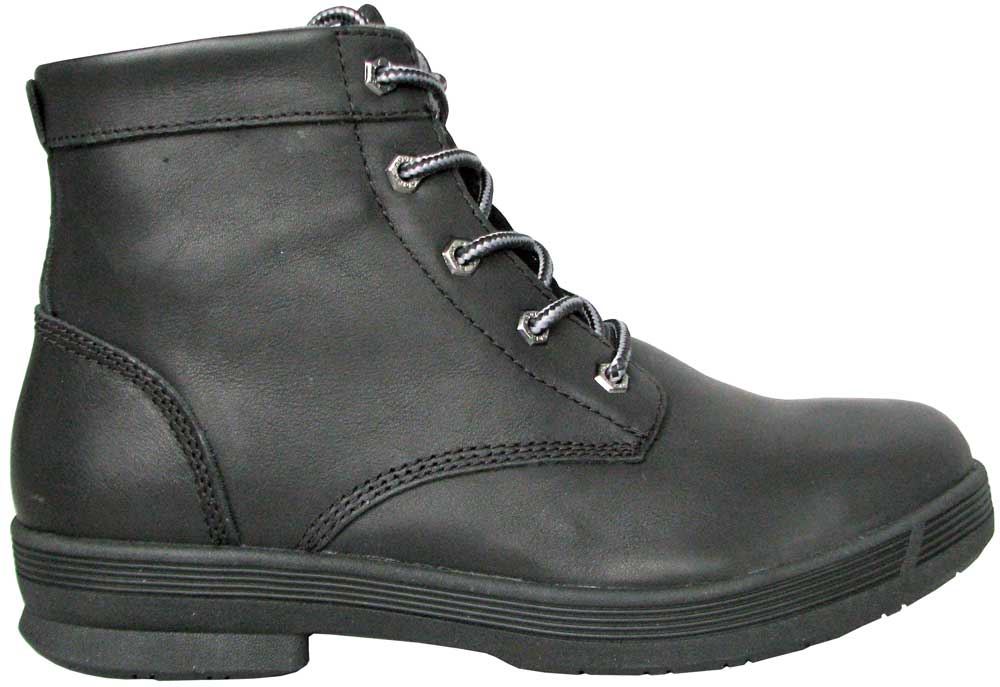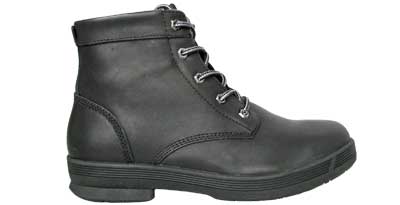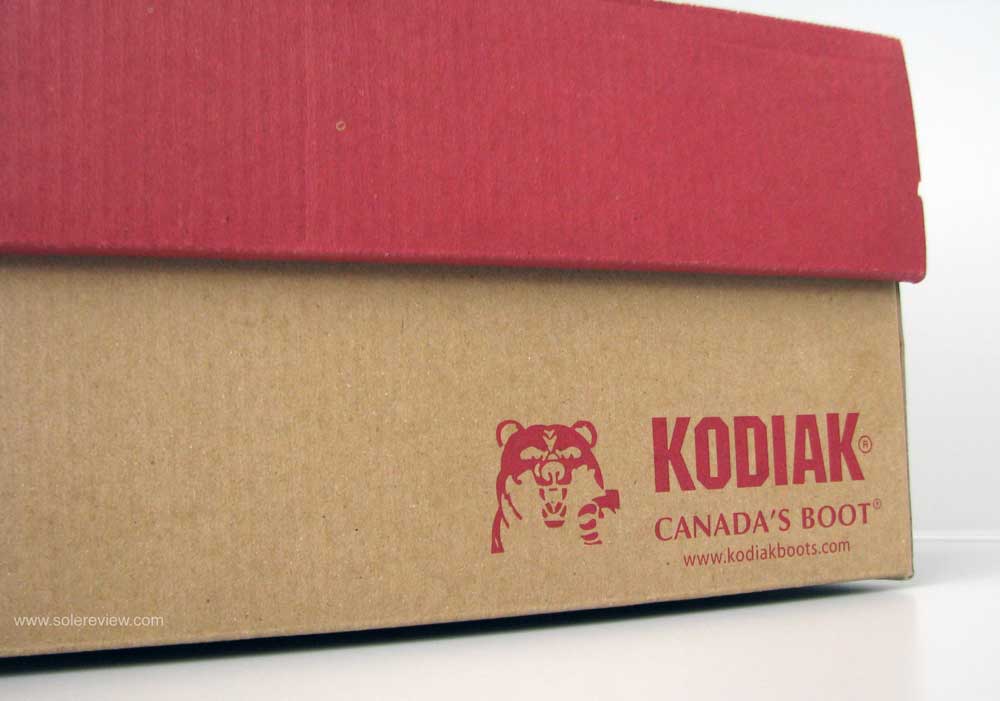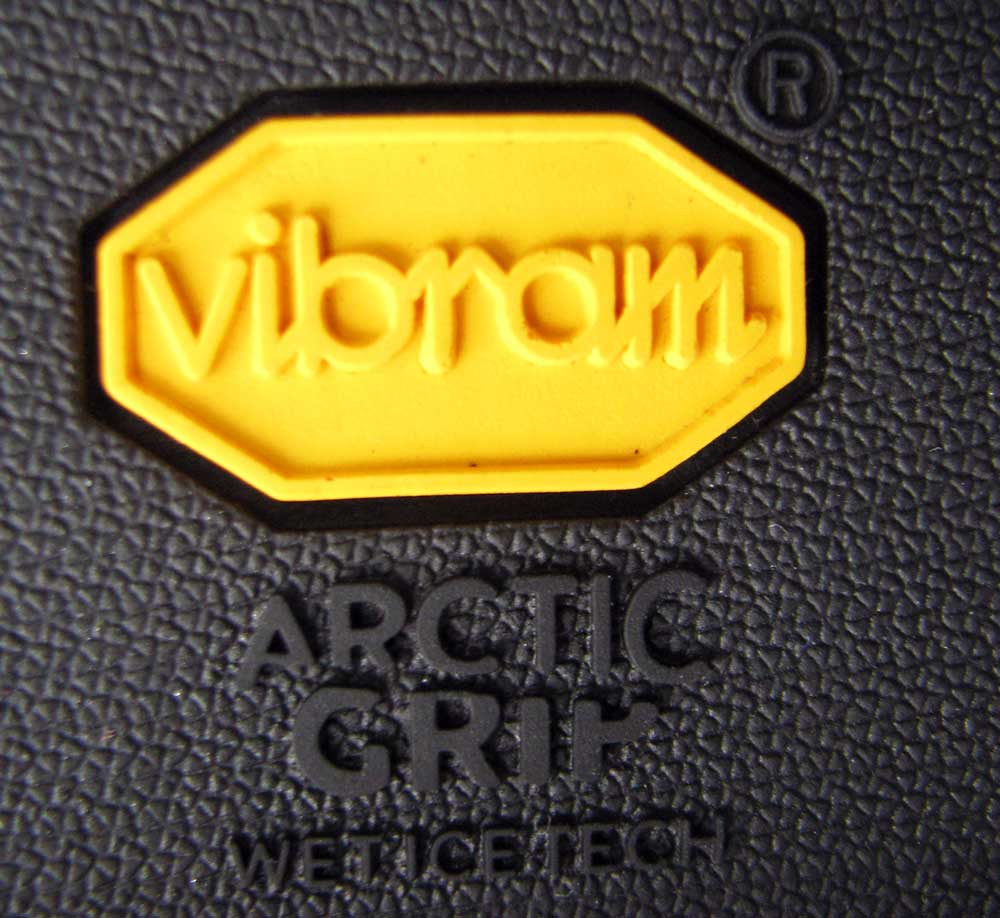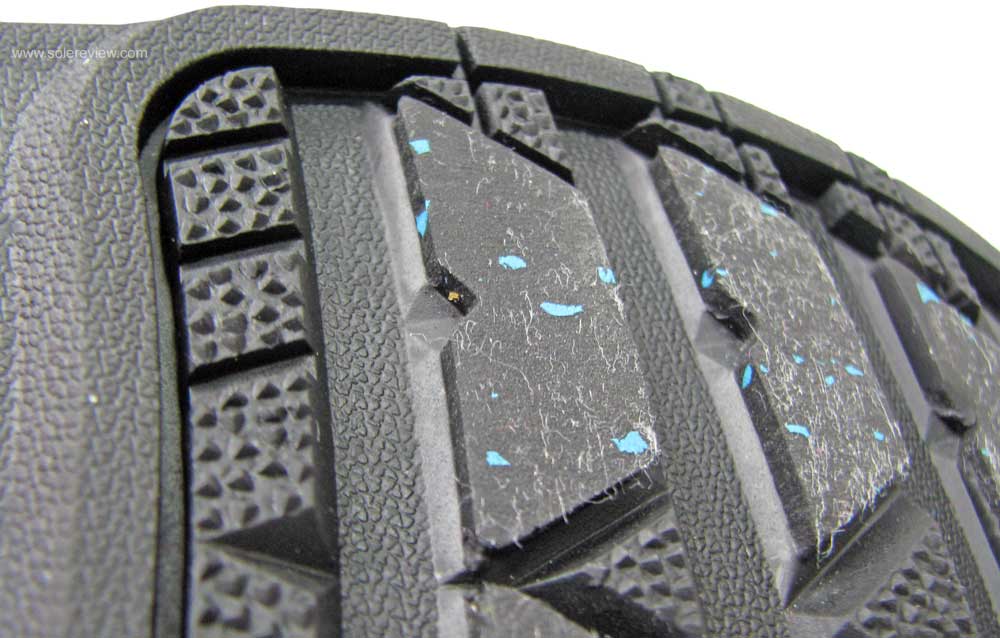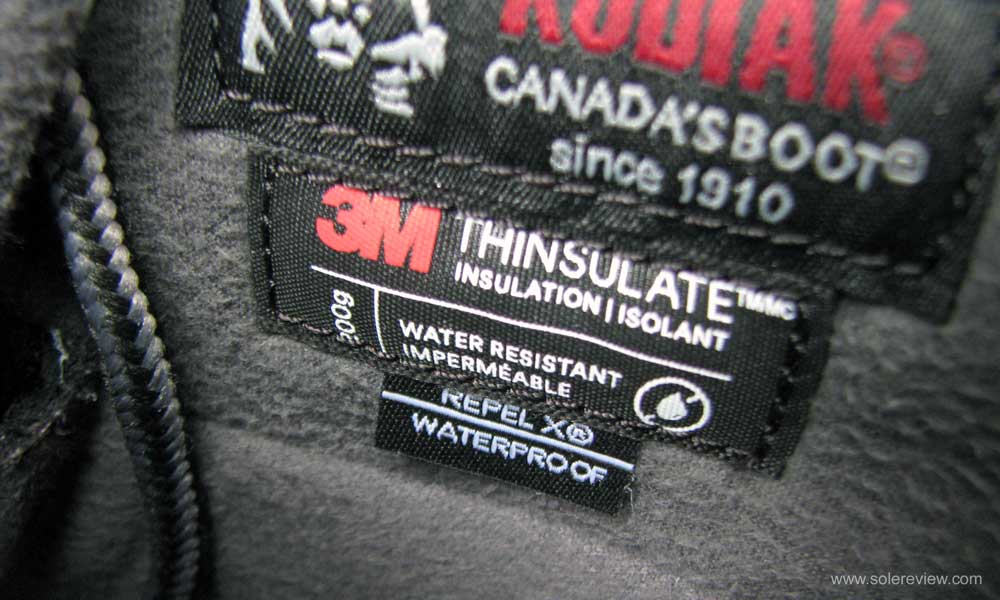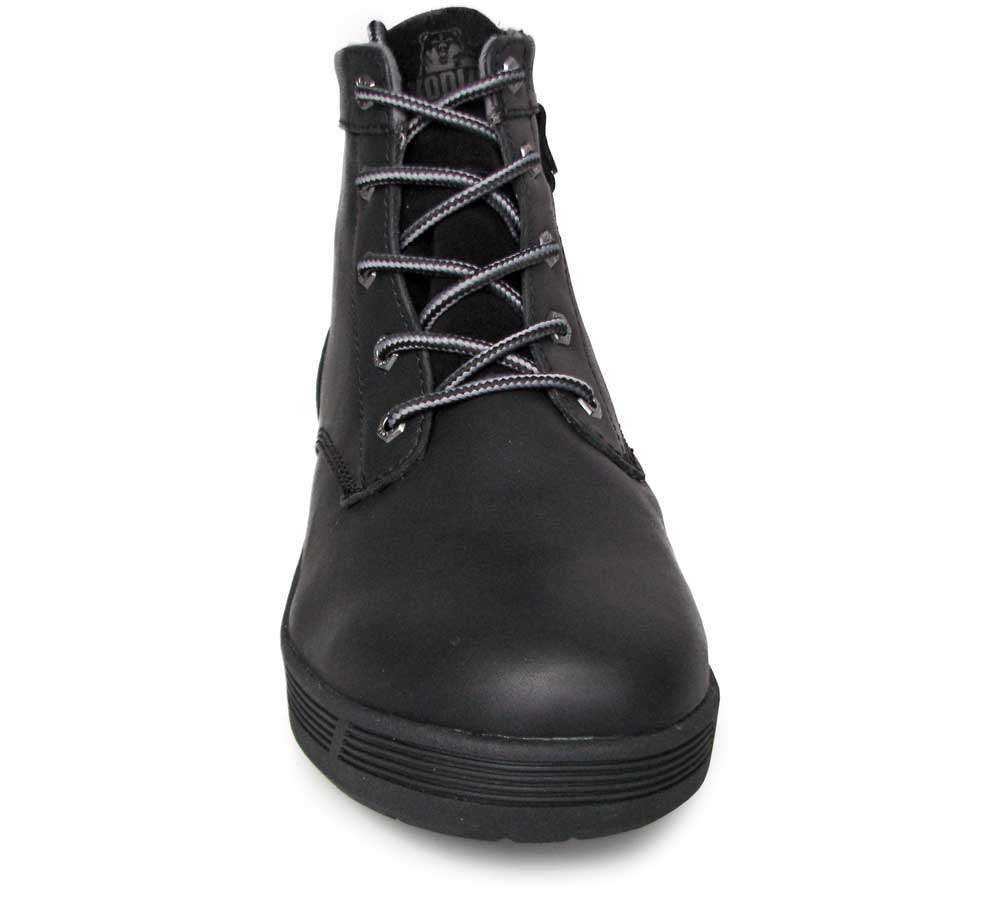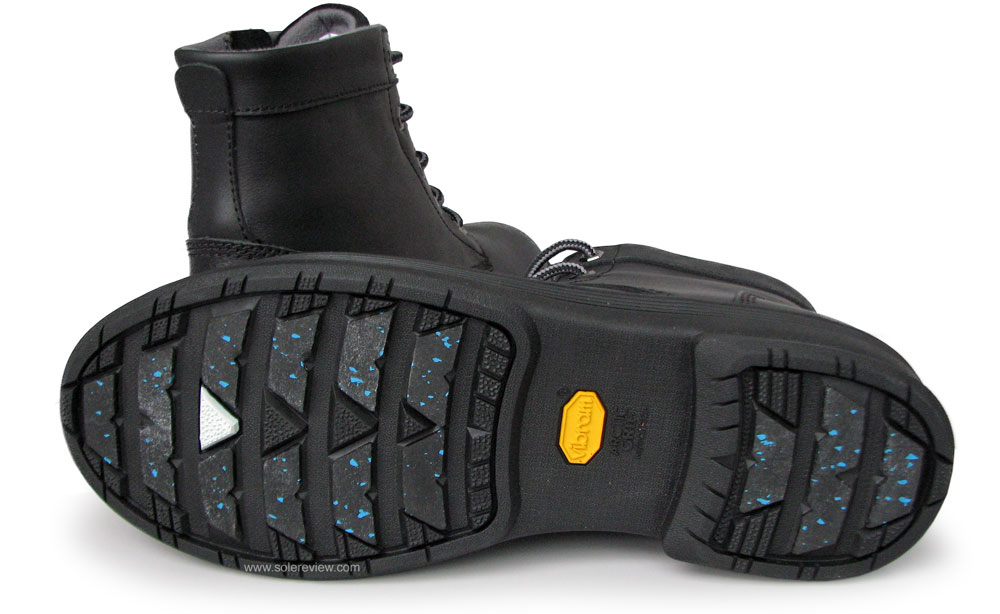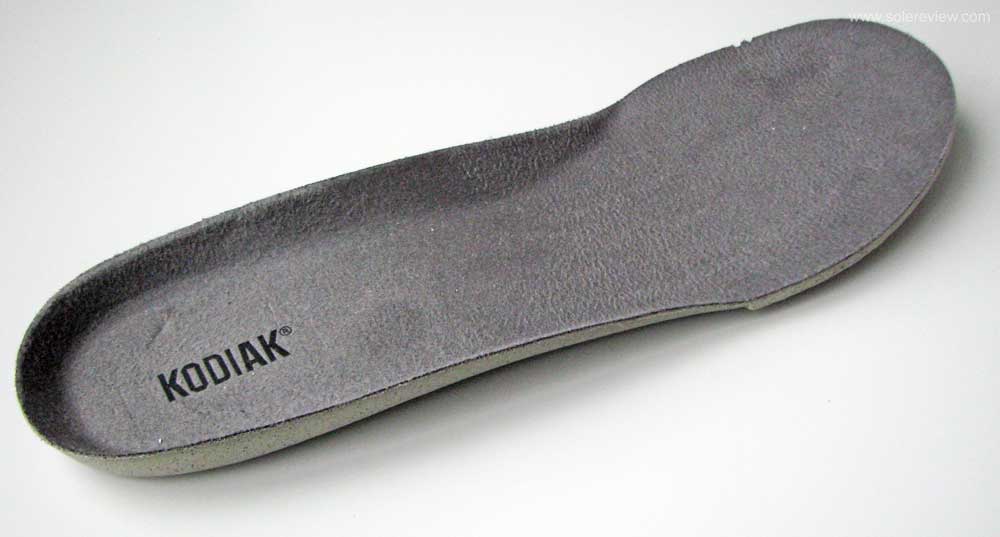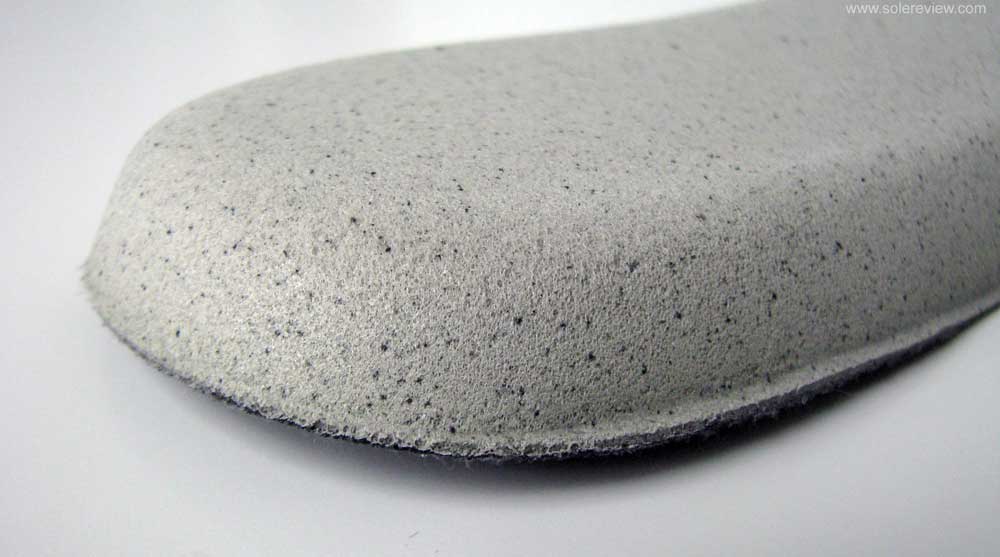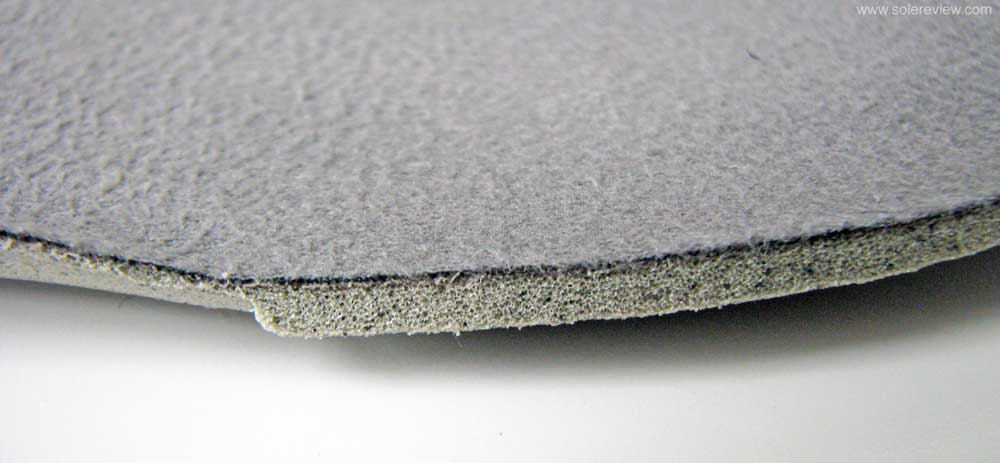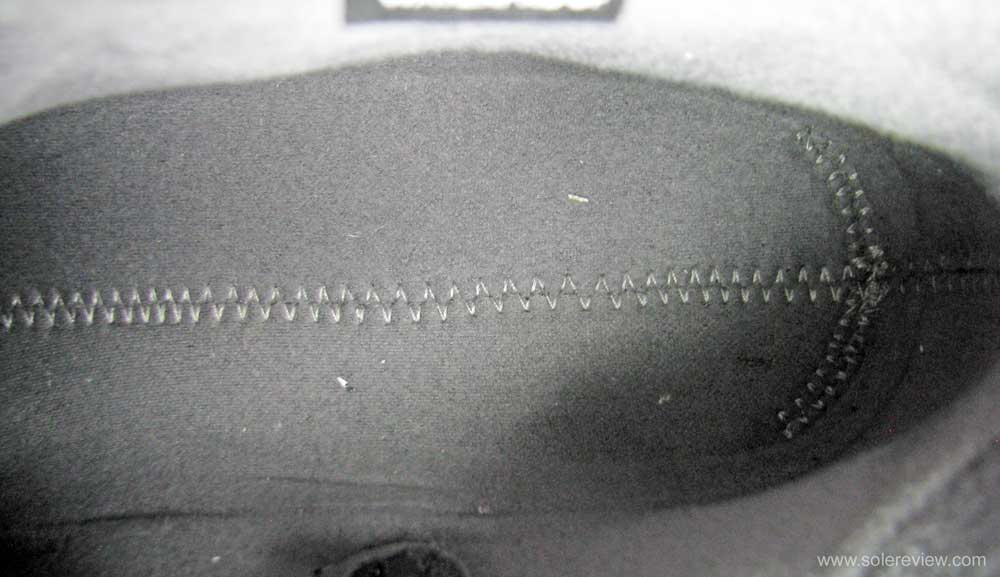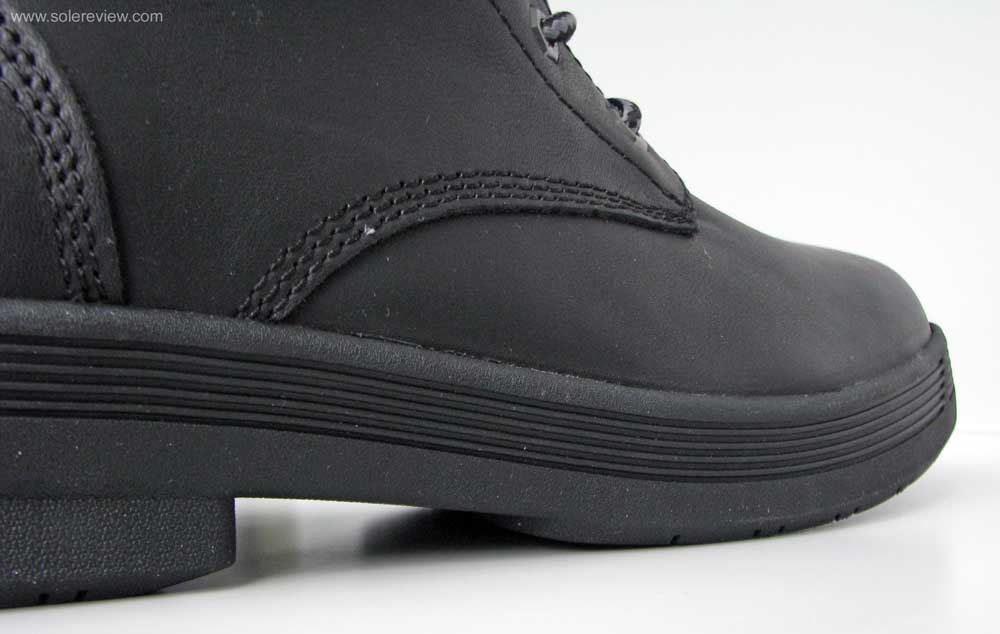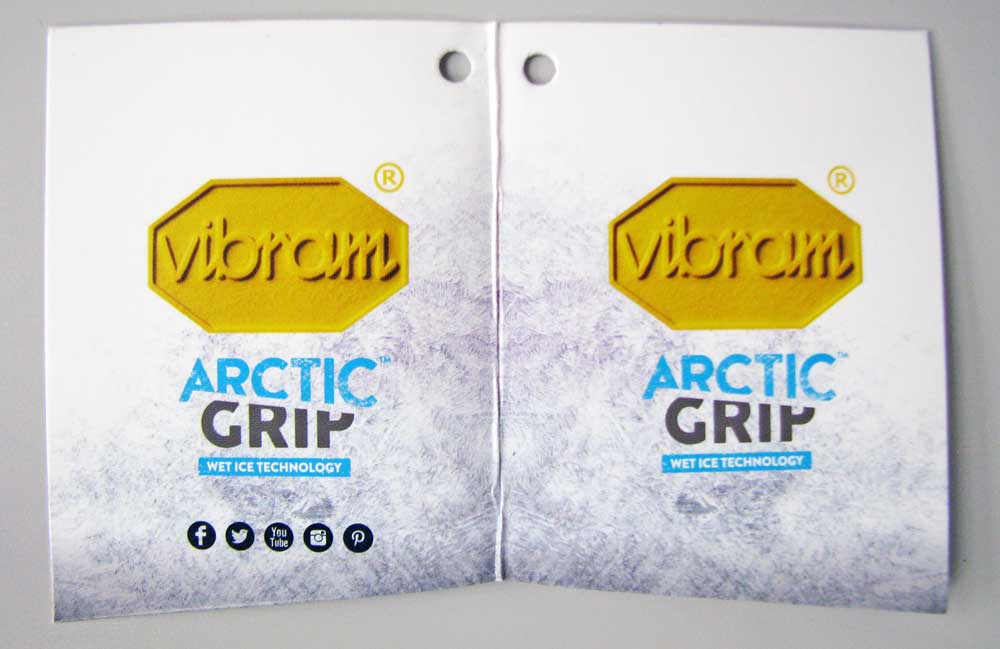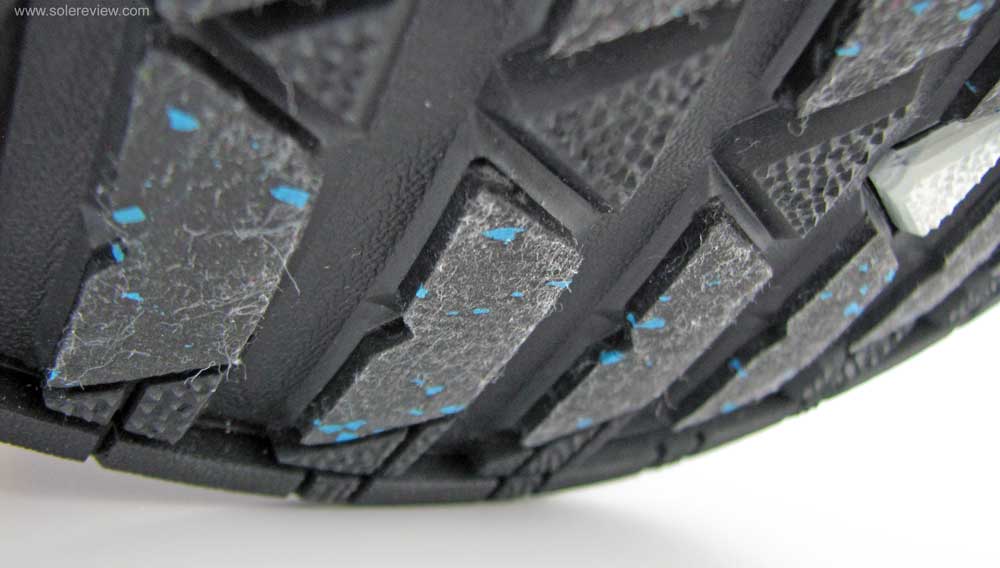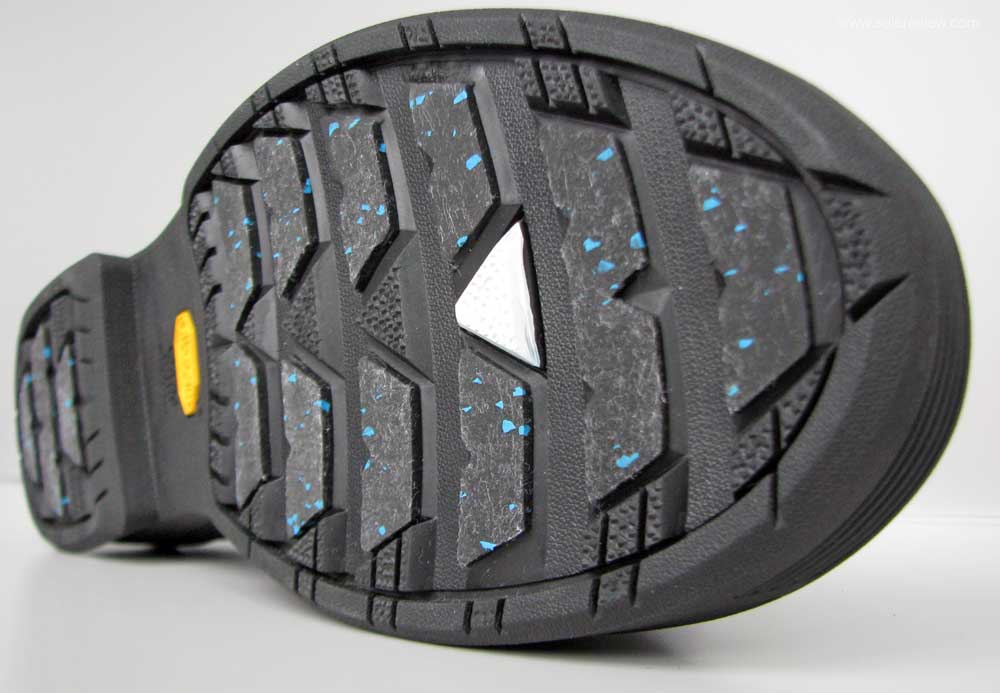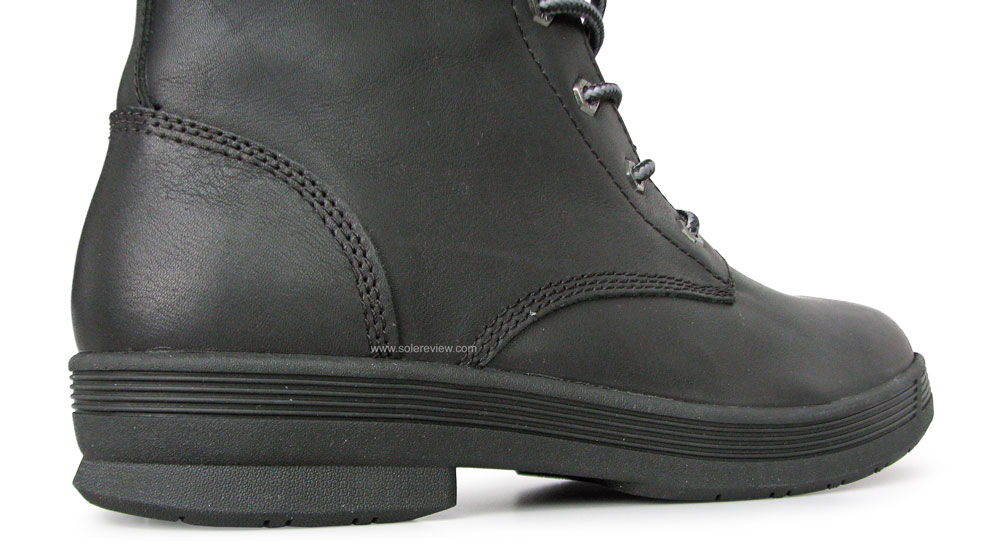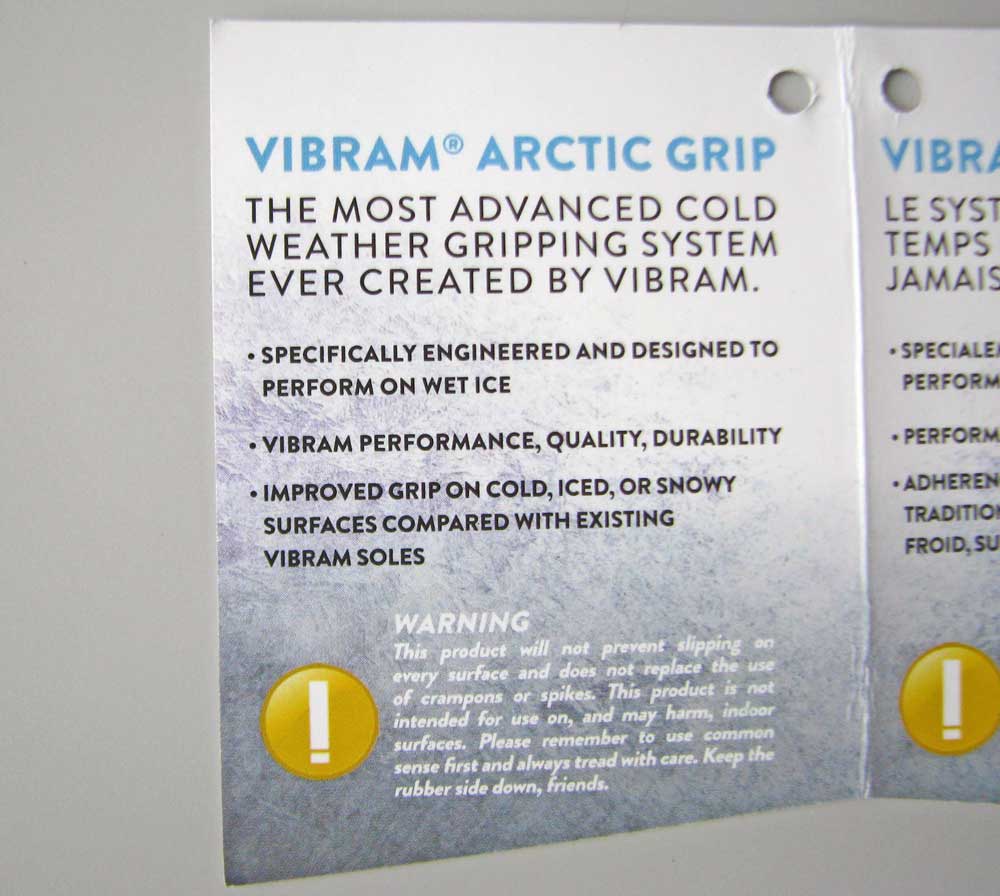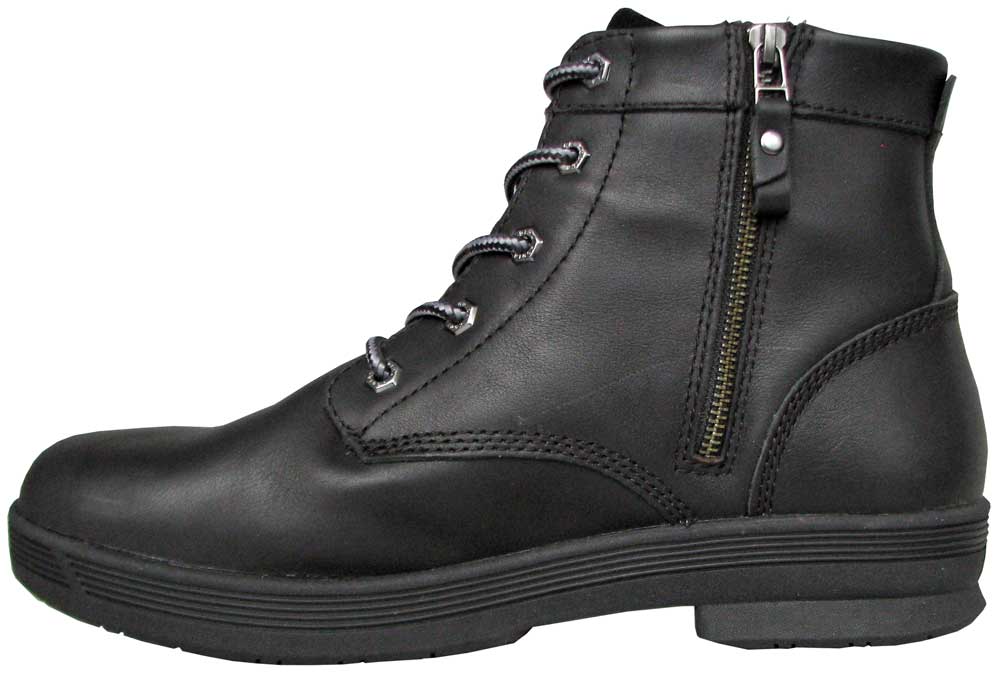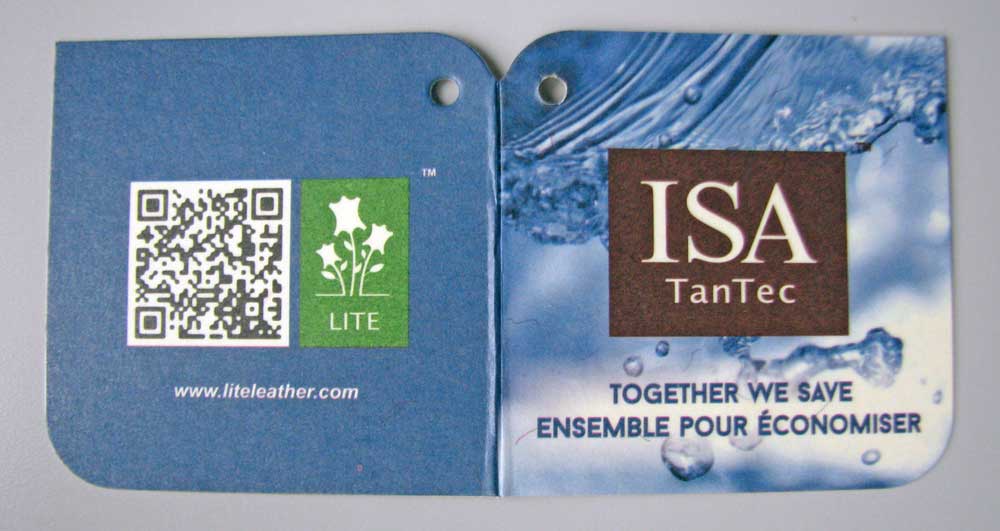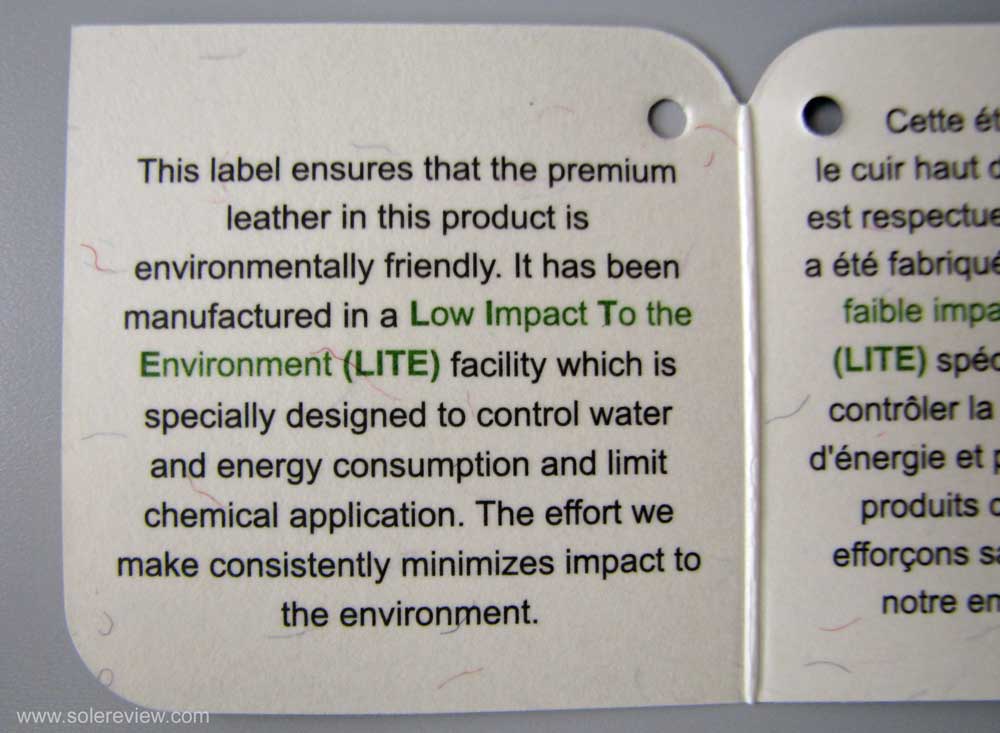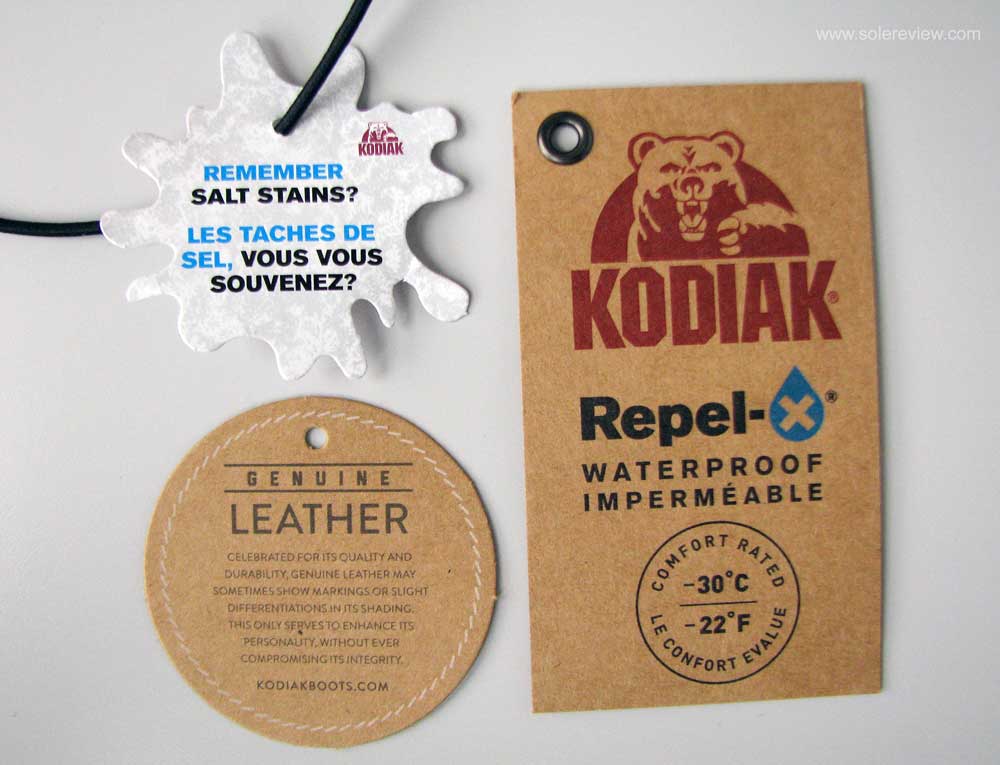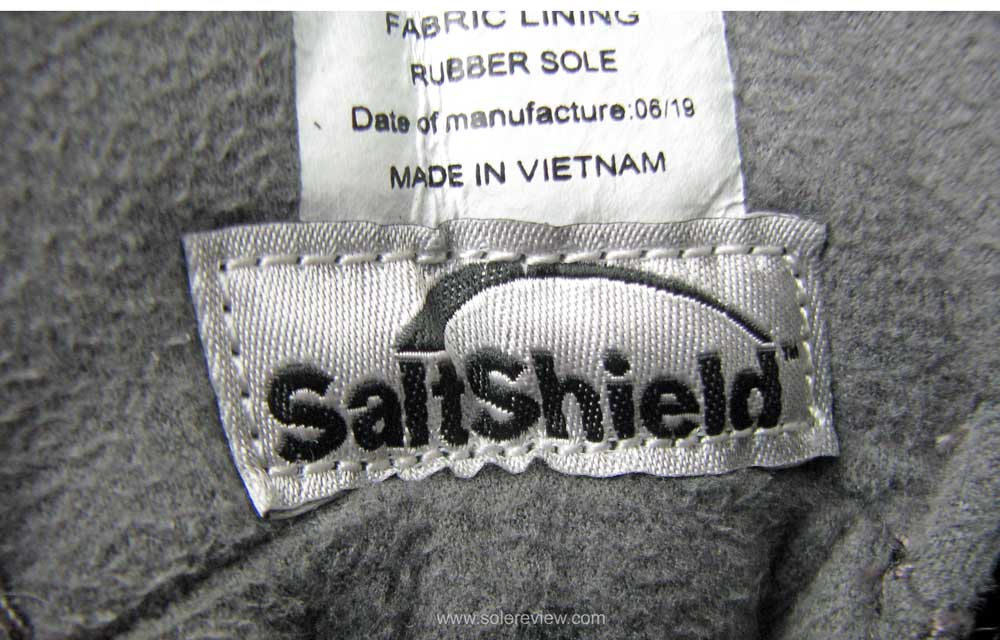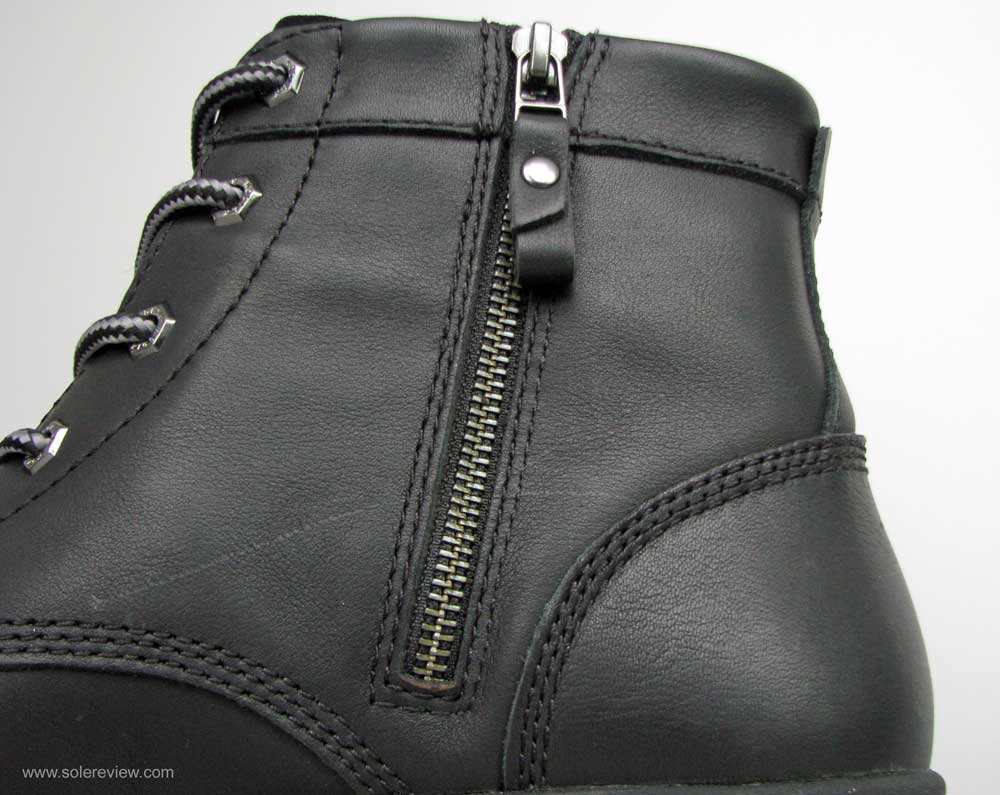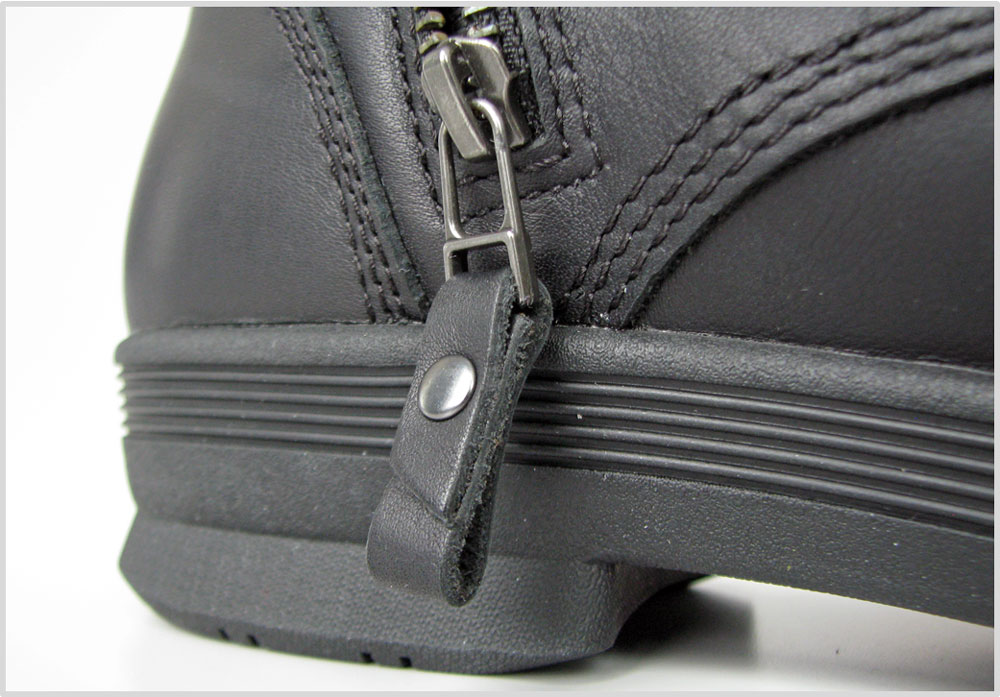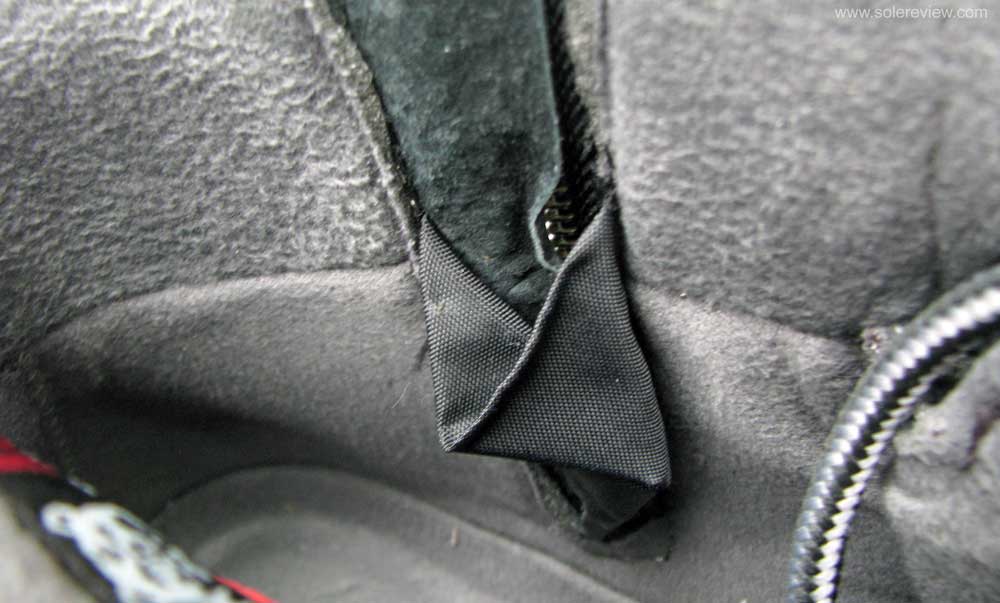INTRODUCTION
Chances are, you wouldn’t have heard of Kodiak. So here’s a quick intro.
Kodiak is a work-footwear brand owned by VF Corporation, the parent company of familiar names such as Vans, The North Face, Timberland, Altra running, Jansport, and several others.
Its long history can be traced to the early 1900s when Charles Greb founded the eponymous shoe company in Canada. In 1959, Greb acquired the Kodiak trademark from a competitor; which led to Kodiak’s first assortment of work, hunting, and sports boots. The shoes come wrapped into a nice faux vintage newspaper.
So Kodiak is a Canadian Timberland of sorts – most of the assortment consists of sturdy workhorses, with the obligatory smattering of a few casual shoes flanking the main line. VF Corp has a strong workwear portfolio that also includes Dickies, so Kodiak is a good fit.
The Arctic Grip outsole is the only reason why we bought the Kodiak Dundonald boot. Vibram claims that this rubber compound delivers great traction over icy surfaces.
Does it work though?
To an extent. While the Vibram outsole outperforms regular rubber on wet and slushy surfaces, its performance on ice is nowhere as tenacious as advertised. Walking on frosted surfaces requires the same caution as you’d do in footwear with non-Vibram soles.
The Dundonald is a heeled boot that weighs over a pound and half, so that also helps with the grip on slippery surfaces.
The rest of the shoe is very well put together. The leather used is surprisingly soft and premium, and the Thinsulate lining makes the Kodiak Dundonald warm enough for typical winter conditions.
We’ve rated the Dundonald higher than the Saucony Peregrine ICE+. That’s because the Saucony is a running shoe while the Kodiak is not. At walking speeds, the Vibram Arctic Grip does better than the soles of standard winter boots.
SOLE DESIGN AND WINTER PERFORMANCE
The Dundonald uses a solid rubber cupsole without a separate midsole. There’s a removable blown foam insole that adds a thin layer of step-in comfort.
As expected of such a design, the cushioning is very firm. While there are other brands (like Dr. Martens) that sell shoes with cupsoles, the rubber used on the Kodiak shoe isn’t soft.
These shoes weigh nearly a pound and half, and the sole contains most of the bulk. Even with a full-grain leather upper, the Dundonald feels very bottom-heavy instead of being weight-distributed. As a result, the stability is excellent, and the overall solidity feels very assuring over slushy sidewalks.
The thickness of the rubber sole also assists insulation as it prevents the cold from being transferred from the road and pavements. Though there’s a Thinsulate lining below the insole for thermal insulation, the clunky outsole gives it a headstart.
That said, this isn’t a -30 C/- 22F shoe. If you stand in one spot for more than 10 minutes in -15 C, the cold begins to seep in. The shoe will hold up to colder temperatures if you’re active, but then Kodiak should be upfront with a disclaimer.
Contrary to what lofty marketing adjectives suggest, the Arctic Grip doesn’t make walking on ice-covered surfaces foolproof. Only spiked outsoles can deliver a sure grip on treacherous ice; the rest are all Band-Aid solutions.
And that’s what the Vibram Arctic Grip is.
At best, it provides manageable traction over frosted surfaces. Like any other shoe, you still need to exercise caution with each step.
Vibram’s winter compound is rubber mixed with a filler material (akin to fiberglass), thus giving the lugs a rough texture.
In theory, this helps the outsole grip better due to higher friction.
Nonetheless, the outsole is an absolute failure on dry ice or fresh powder on ice. It fares a lot better under snowy conditions where there’s a wet, slushy area layer under the snow. That, or wet pavements and indoor surfaces.
The raised heel also creates a pressure point for a better grip on soft surfaces while keeping clogging to a minimum.
Due to the potentially abrasive nature of this sole, Vibram does not recommend wearing the shoe indoors. Do with that information what you will. If you ask us, Arctic Grip has unparalleled traction over wet flooring.
So there you have it. The Kodiak Dundonald Arctic Grip boot is a no-nonsense boot that keeps the feet warm and comfortable during the winter months. Though the ice-grip aspect is oversold and over-hyped, the traction is superior to what standard outsoles deliver.
It’s not a great boot for long walks due to its high weight and firm cushioning. If a do-it-all, lightweight boot is what you after – and if it doesn’t need to be in black leather – then the Columbia Fairbanks Omni-heat is our pick. It is very lightweight, cushioned, warm, waterproof, and doesn’t cost a bomb.
The Fairbanks’s grip on snow isn’t great (and inferior to Arctic Grip), but no different than what you find on stock Blundstones or Timberlands.
IS THE KODIAK DUNDONALD DURABLE?
Apart from minor scuffing on the laces, the Kodiak has been solid after three months of regular winter use. The upper is holding up well, and so is the durable rubber unisole. The midsole isn’t stitched or welted to the upper like some of the boots, but we haven’t noticed any delamination.
There’s some wear on the outsole within expected tolerances. The flat lug geometry spreads the wear in an even manner.
THE UPPER FIT AND PERFORMANCE
The Kodiak Dundonald’s upper uses leather that is surprisingly high quality. But then you remember that this shoe costs nearly $200 at retail, so the trim level befits the price.
Except for the suede tongue, the entire upper is made of soft and supple full-grain leather. The packaging also includes literature that points out the leather is manufactured using ‘low-impact’ techniques. In other words, the tanning process of the leather has a lower environmental cost compared to the norm.
Road salt usually chews up leather footwear. The Kodiak boot is an exception; the leather has a ‘Saltshield’ treatment that prevents the salt from corroding the leather. We’ve used the Dundonald extensively over this winter, and the Saltshield just works.
This doesn’t mean that the salt will not stick to it. Rather, all you need to do after returning home is to wipe the shoe clean to restore the original look and feel of the leather.
The exterior quality translates into a comfortable interior. There’s plenty of room inside – enough to accommodate a pair of thick woolen socks. The forefoot is wide with sufficient toe-box height. Length-wise, the Dundonald fits true-to-size.
The Dundonald isn’t classified as a PPE (Personal Protective Equipment) work-boot, so the toe cap isn’t reinforced. It has a regular internal toe-bumper, and there’s a soft heel counter in the rear.
The lining is brushed polyester with a soft hand feel; the Thinsulate insulation between the leather and lining feels like a thin layer of foam. The bottom-line is, the Kodiak Dundonald’s interiors are a comfortable place for your feet during the cold winter months.
Even the bottom is insulated, as evident from the Thinsulate padding underneath the insole.
Slipping on and off the boot is easy. There’s a heavy-duty YKK zipper on the inner side, so you don’t have to struggle with the entry. The thick leather loop attached to the pull tab is a thoughtful design touch.
The waterproofing works nicely – the tongue and side zip are gusseted till 3/4 the height of the shoe. Despite the 200 grams of Thinsulate insulation, the cold weather protection could have been better though. As pointed out earlier in this review, the Dundonald is warm till the -15° C/ 5° F. Anything above that, and the insides being feeling cold.
For a winter shoe with an extreme temperature rating, the tongue and collar lining is anemic. There’s barely any padding there, meaning that the top doesn’t pack snugly around the ankles.
The cold seeps in through the gaps during days with windchill. We’re puzzled as to why Kodiak skimped on the padding here. Many other Kodiak boots have the Timberland-style heel and tongue plumpness; a design like that would have served the Dundonald well.
The non-existent padding on the heel and tongue make the edges stiff, and you get the new shoe bite for several weeks.
PROS AND CONS
Overall, the Kodiak Dundonald is a decent winter boot. While the Arctic Grip outsole is underwhelming on icy surfaces, it provides better traction on slushy and damp sidewalks when compared to ordinary rubber outsoles.
It does get some things right. The interiors are smooth and roomy while utilizing a high level of material trim. The leather used is supple and premium, while salt-resistance and waterproofing are practical winter-worthy features. The boot provides a decent level of insulation – except that the -30 C rating is a stretch.
The lack of insulation and padding near the top part of the boot makes it stiff and also lets the cold in. That’s a let-down on an otherwise comfortable-fitting upper.

